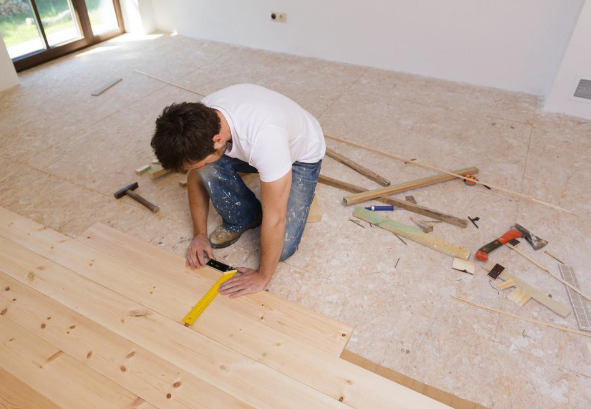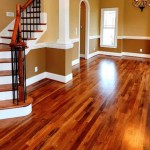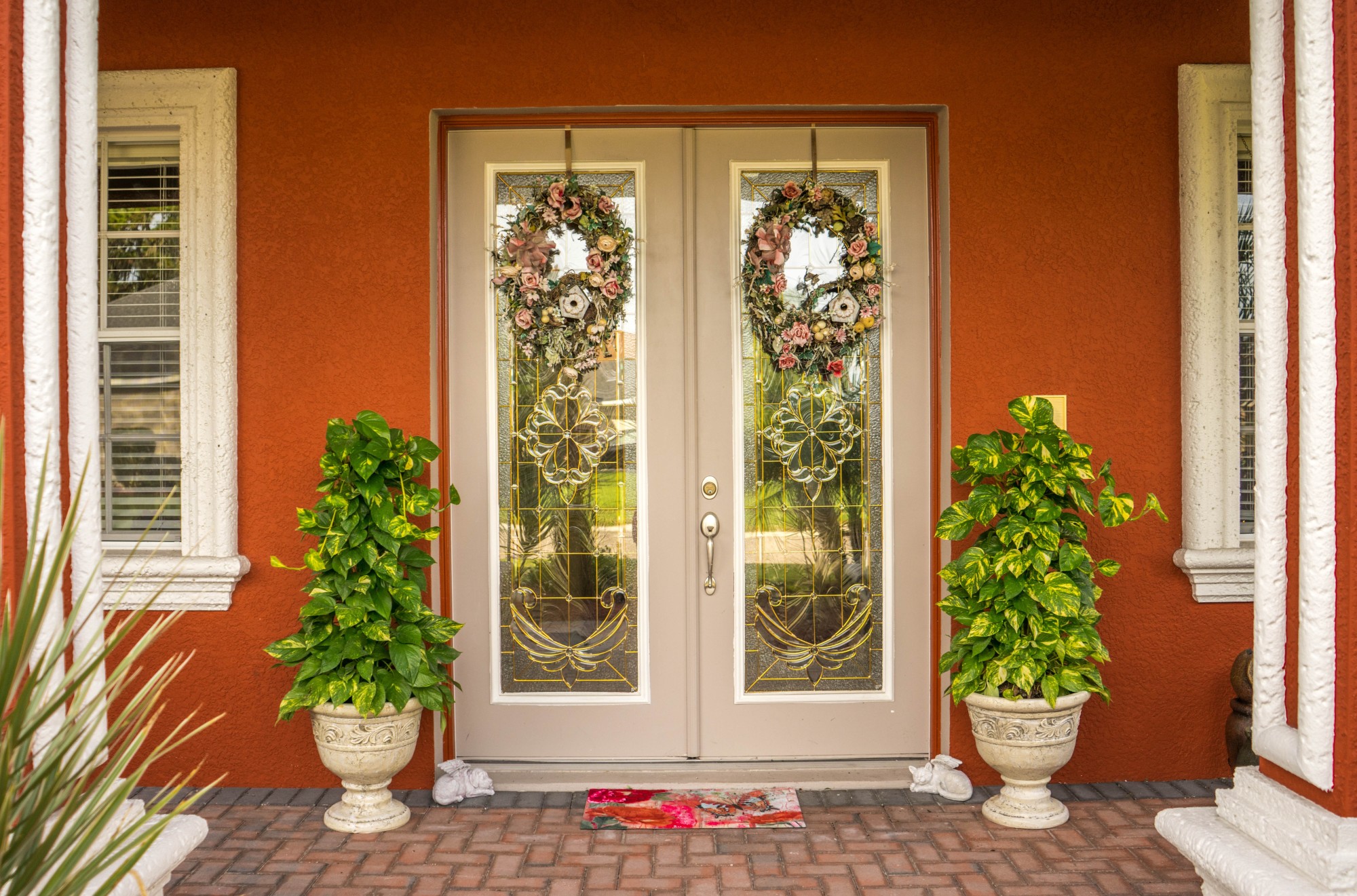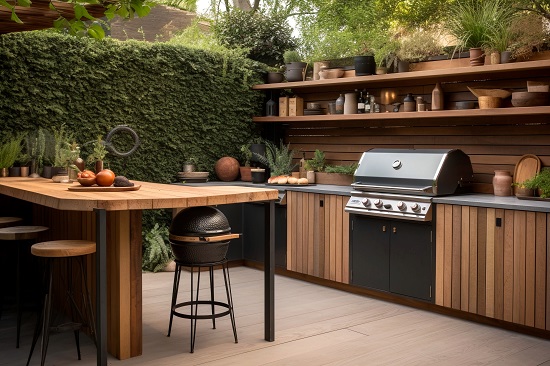Hardwood flooring is an investment that can enhance the aesthetic appeal and value of your home. The cost of hardwood flooring can vary widely based on factors like wood species, quality, and region. According to This Old House, the typical cost range is between $4 and $15 per square foot. This broad range provides homeowners with various options to choose from, catering to different budgets and style preferences. When considering the installation, it’s also important to factor in additional costs such as underlayment, fasteners, and professional labor.
Choosing the right hardwood for your home involves understanding the initial costs and long-term value. More expensive options often come with benefits such as durability, unique grain patterns, and exotic finishes that can set your home apart. On the lower end of the spectrum, budget-friendly woods can still provide a beautiful finish, especially when they’re well-installed and maintained. It’s crucial for homeowners to weigh these factors against their spending abilities and long-term plans for their residence. Remember that investing in quality flooring can pay off in terms of enhanced home resale value.
Installation costs can vary significantly depending on the region and complexity of the project. In addition to the raw material costs of hardwood, labor expenses are a major consideration. Skilled installation is essential to ensure the longevity and appearance of the flooring. Homeowners should seek experienced professionals who offer a guarantee on their work. This ensures that the cost of installation brings about the desired results without complications that may arise from improper fitting or finishes.
Lifespan of Hardwood Flooring
When properly maintained, hardwood flooring can serve a home very well over many decades. According to Forbes, its lifespan can range from 30 to 100 years, dependent on the type of wood, level of foot traffic, and regular maintenance. One of the main advantages of hardwood is its capability to be refinished, a process that can revitalize worn or damaged surfaces, extending the life of the flooring. Refinishing involves sanding down the top layer and applying a new finish, which can address stains, scratches, and minor damage. This process can be done multiple times, depending on the thickness of the hardwood.
Regular care and maintenance can significantly influence the longevity of hardwood floors. Routine cleaning, such as sweeping and vacuuming, can help prevent dirt and debris from scratching the surface. Additionally, using protective pads under furniture and establishing no-shoe policies can reduce wear and tear. For homes with pets, keeping pets’ nails trimmed and cleaning up spills promptly can help maintain the floor’s appearance. Overall, diligent care can protect the investment that hardwood represents in a home.
Environmental factors also play a crucial role in the lifespan of hardwood flooring. Homes in regions with high humidity might experience issues such as wood expansion and warping if the climate control is not properly managed. Conversely, extremely dry conditions can lead to shrinkage and gaps between the boards. Using humidifiers or dehumidifiers as needed can help maintain optimal conditions for the wood. By managing the environment and performing routine maintenance, homeowners can ensure that their flooring remains in excellent condition for many years.
Industry Standards for Hardwood Flooring
The hardwood flooring industry upholds certain standards to ensure quality and consistency in products. The American Hardwood Information Center states that while hardwood floors come in different thicknesses, three-quarter inch is the most commonly produced size in the United States. This thickness allows for multiple refinishing processes over the floor’s lifespan, which contributes to its durability and longevity. Apart from thickness, industry standards also consider factors such as wood species, grain patterns, and finish types. Meeting these standards helps ensure that the flooring performs well and satisfies consumer expectations.
In addition to dimensions, the industry also sets standards on grading and surface finishes. Grading refers to the quality and appearance of the wood, categorizing it based on factors like the presence of knots, blemishes, and coloration. Several grades are available, each offering a different aesthetic, from rustic and natural to clean and uniform. Surface finishes, on the other hand, can range from matte to glossy, with various oils and varnishes used to achieve the desired look. Homeowners should consider these options carefully, as they impact both the look and maintenance needs of the floor.
Another critical aspect of industry standards is sustainability. Many manufacturers now focus on producing flooring from sustainably sourced wood, ensuring that their practices are environmentally friendly. Certifications like the Forest Stewardship Council (FSC) mark indicate that the product aligns with these sustainable practices. This trend not only helps preserve natural resources but also appeals to environmentally-conscious consumers. For homeowners, choosing sustainably produced hardwood can offer peace of mind and contribute to a greener home.










